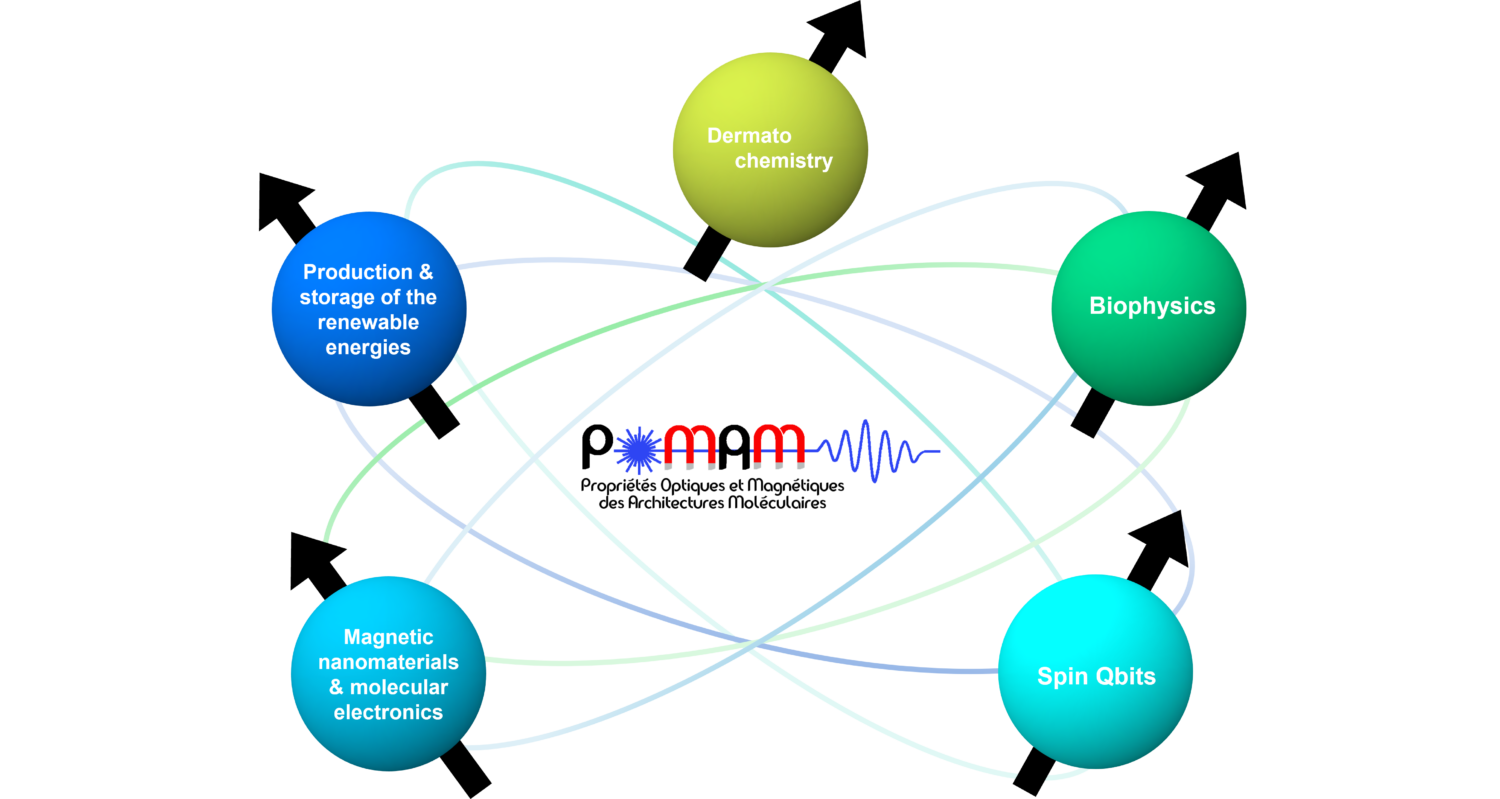Electron paramagnetic resonance is a powerful method to study systems containing one or more unpaired electrons as for example radical or transition metals. This technique allows to extract many information on the environment of the paramagnetic center like the g tensor, the hyperfine coupling with the surrounding nuclei, the exchange interaction (S > ½ ), the distance between 2 paramagnetic centers, etc… If the lifetime of the paramagnetic center is too short to be detected, it is possible to trap it using the method call spin trapping. Finally, if the system does not contain any paramagnetic center, it is possible to introduce it using the spin labeling technique. The last method is very powerful to study the structures of proteins for example.
EPR is noninvasive and need small amount of sample (a concentration around 10-6 mol.L-1 can be sufficient). The sample can be solid, liquid or gas.
Our equipment allows us to work with usual EPR but also more advance techniques as pulse EPR (simple or double resonance) at temperatures between 2 and 300 K.
Our research interests:
Production and storage of renewable energies
Magnetic nanomaterials and molecular electronics
Biophysic
Spin Qbits
